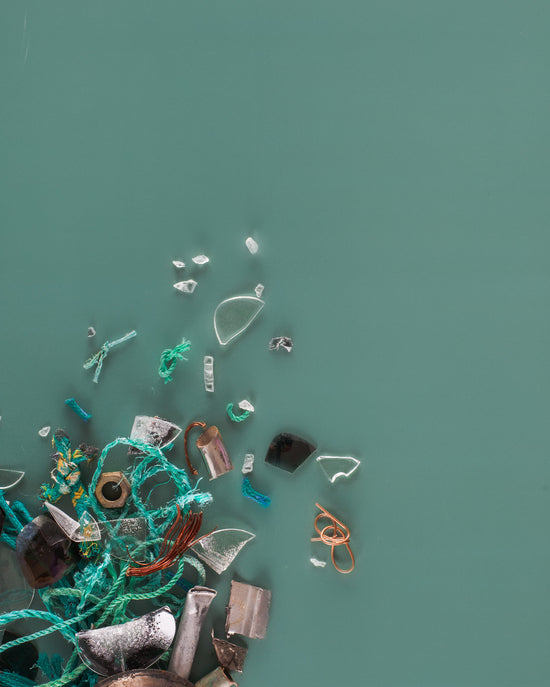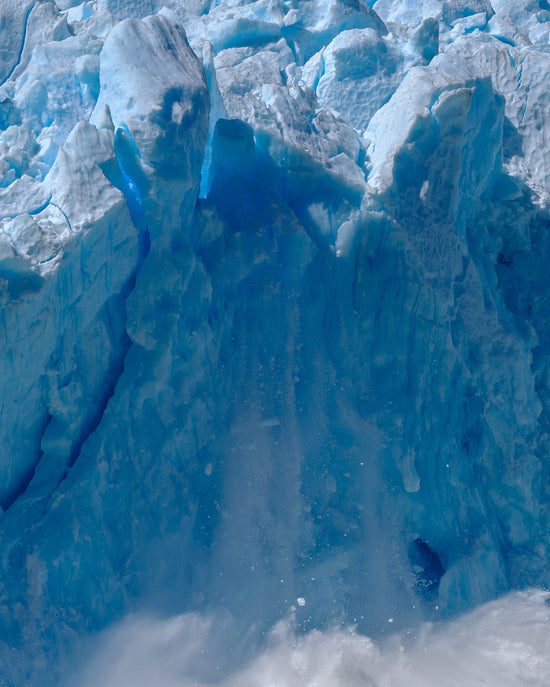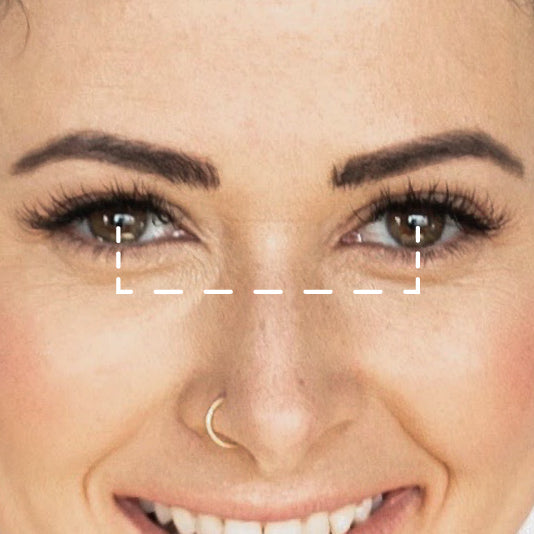The shocking figures of plastic pollution in our oceans
Today we want to talk about a material that in the last decades seems to have taken possession of practically all the objects of our daily life: plastic. We find it in packaging products, textiles, bags, building materials, among others. The problem? At the same time as the production of this material increases, its waste does; Residues that end up contaminating our streets, parks and oceans and affecting the flora and fauna that inhabit them.

In recent times the problem of plastic pollution in our seas and oceans has caught the attention of the world, especially after the dramatic amount of this material that currently pollutes the marine ecosystems of the planet. It is said that 8 million tons of plastic annually reach our oceans, mostly in the form of small plastic particles that are then ingested by marine animals. In fact, a study published in 2015 in the journal Proceedings of the National Academy of Sciences already announced that 90% of seabirds in the world have ingested and currently accumulate plastic waste in their digestive system.
This situation becomes more alarming if we take into account the estimates made by the study "The new plastic economy" presented at the World Economic Forum in Davos, Switzerland, in early 2016. In this study it was concluded that to continue the current level of plastic consumption in the world, by 2050 the weight in tons of plastic waste in the oceans will be higher than the weight of all fish on the planet.
Where does this plastic waste come from?
Nowadays we can find plastics in all the oceans of the world, from the Arctic to the Antarctica. It is even believed that only the Pacific Ocean contains a quantity of plastic waste that covers an area equivalent to twice the size of the United States.

80% of the plastic waste that today contaminates our waters comes from the land, that is from our homes, landfills and from the waste deliberately dumped into the sea directly. Among the main plastic tools that threaten marine biodiversity today, a study by Ocean Conservancy highlights: Fishing nets, filaments, buoys, plastic cutlery, plastic cups, plastic container caps, fast food containers, plastic bags, balloons, bottles, plastic bulbs, cigarette butts, among others.
The plastic pollution of our oceans in numbers:
- The damages that plastic produces in marine ecosystems amount to at least 8 billion dollars.
- Up to 90% of all the waste that floats in our oceans is plastic.
- Only in 2014, 32% of the world's plastic production finished at sea.
- The United Nations estimates that each square mile of ocean contains an average of 46,000 pieces of floating plastic.
- 8 million tons of plastics end up in the seas and oceans annually, which equals the weight of 800 Eiffel Tower or what is needed to cover 34 times the island of Manhattan.
- Every second more than 200 kilos of garbage go to the oceans.
- There are 5 "islands of garbage" formed mostly by microplastics: two in the Pacific, two in the Atlantic, and one in the Indian Ocean.
Written by: Ladera Sur







